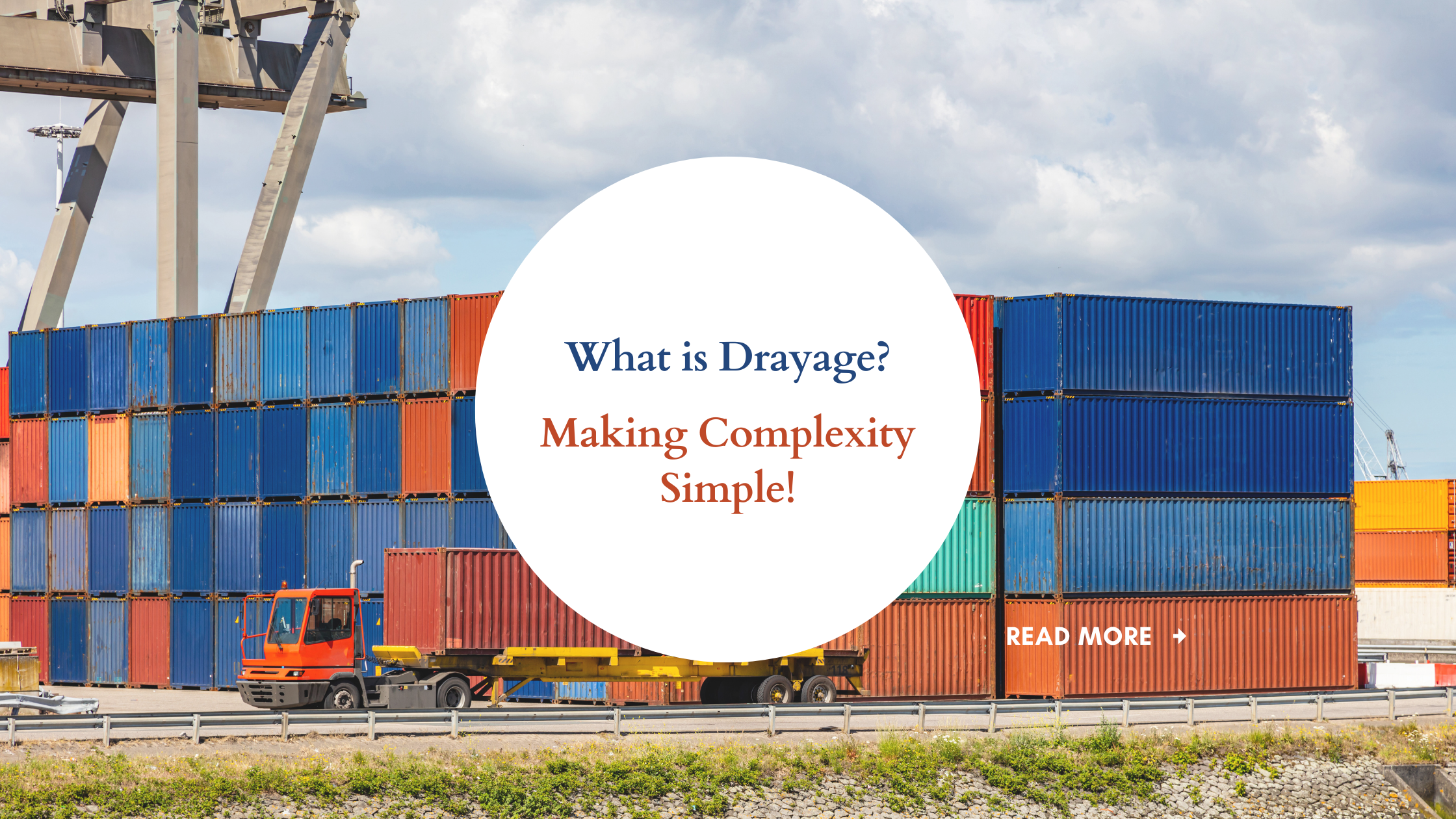What is Drayage – Making Complexity Simple!
The freight shipping process is undoubtedly complex. From transport cars to drayage, many other modes of transportation besides ships and airplanes are used to transfer merchandise from one country to another.
Naturally, the question arises: “What is drayage?”
Drayage usually comes under the modes of transport in a typical freight shipping process. “Drayage” describes the movement or transportation of vast freight containers across short distances, frequently at a shipping port.
Drayage is a crucial phase in picking up or delivering maritime containers for intermodal freight transportation. To bridge the short distances between ports, terminals, and warehouses, drayage helps fill in the gaps of a longer overall transfer. It is frequently less expensive as well because the distance is shorter.
If you want to know more about drayage and other things, you’ve come to the right place. This blog will go through everything you need to know about drayage.
Here are some key terms that will help you to understand it better:
Critical Key Terms You Need to Know:
Dray: dray means transporting a consolidated shipment—typically a container—on a chassis.
Power Unit: a truck’s cab and engine attached to the chassis.
Chassis: a wheeled undercarriage that can be used to move containers.
Intermodal: combining many modes of transportation to move merchandise.
LFD (Last Free Day): the final day a container may remain in a yard without incurring storage fees is known as the “last free day” (LFD).
Detention: a rent for storing an empty container after its free period is called detention.
Demurrage: the storage fee for a full container that its LFD neglects to pick up.
Palletize: to conveniently keep it in a warehouse or send it to a shop, you must palletize your shipment after it has arrived.
Clearing: getting a container out of a port by clearing all the necessary papers.
The only components of drayage that are actually hauled are the power unit and the chassis. The shipping containers’ maximum usefulness is the focus of everything else. The “short hauls” frequently linked with drayage are all about removing a full container as fast and economically as possible from a port or terminal and bringing back the empty container. This is how you manage the drayage charges.
For the same reasons—cost control and maximum utilization—power units and chassis are two distinct components. Different sized containers demand various sized chassis. Carriers can send readily available power units as needed for a range of containers by just using the chassis they need when they need them, saving them from storing those pricey chassis idle.
It takes skilled and experienced people to balance the schedule of pick-ups and deliveries with matching the equipment. The driver is also in charge of removing the freight from the yard. This may entail dealing with administrative issues like customs and duty paperwork and resolving any outstanding debts, for example, demurrage.
With this knowledge, you can see how crucial the carrier is to drayage. Drayage drivers have a unique profession and need specific licensing due to all these factors. Drayage hauls must be adequately planned and coordinated by all the relevant parties, including transporters, receivers, carriers, dispatchers, and port operations.
Wrapping It Up
If this all seems complicated, it’s because… well, it is. Eternity Logistics deals with queries related to logistics daily, so feel free to lean on us. Let our experts handle the complicated and make it simple for you. Contact us today and let us be of service!


